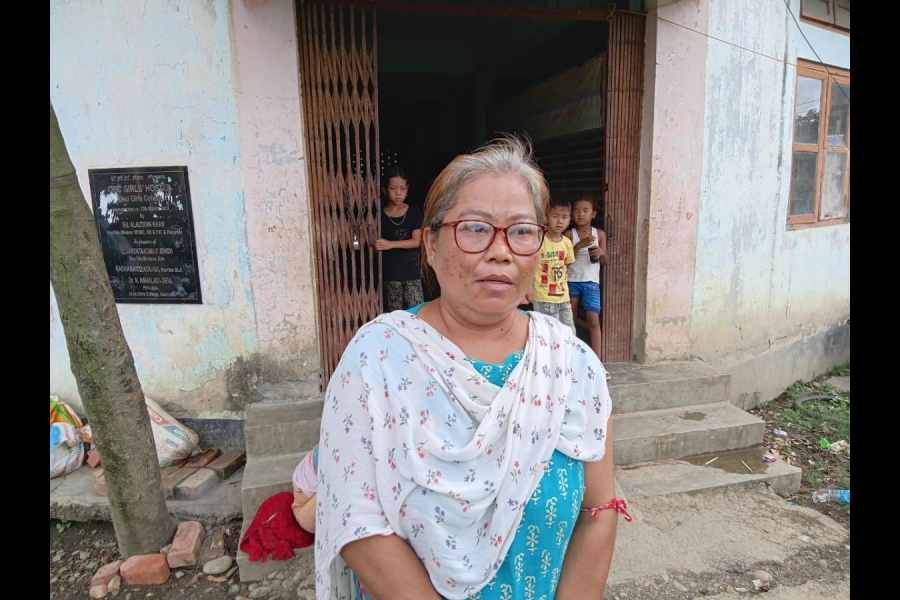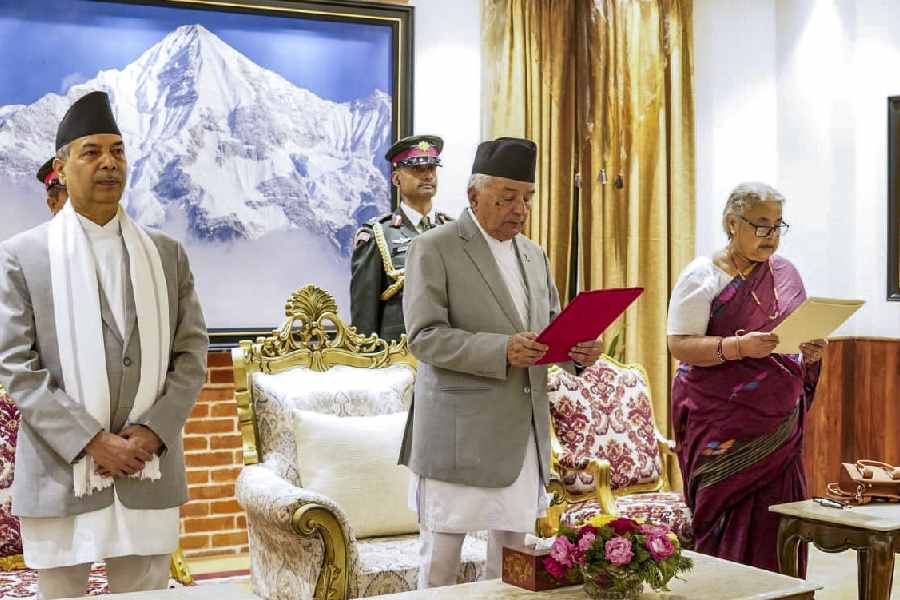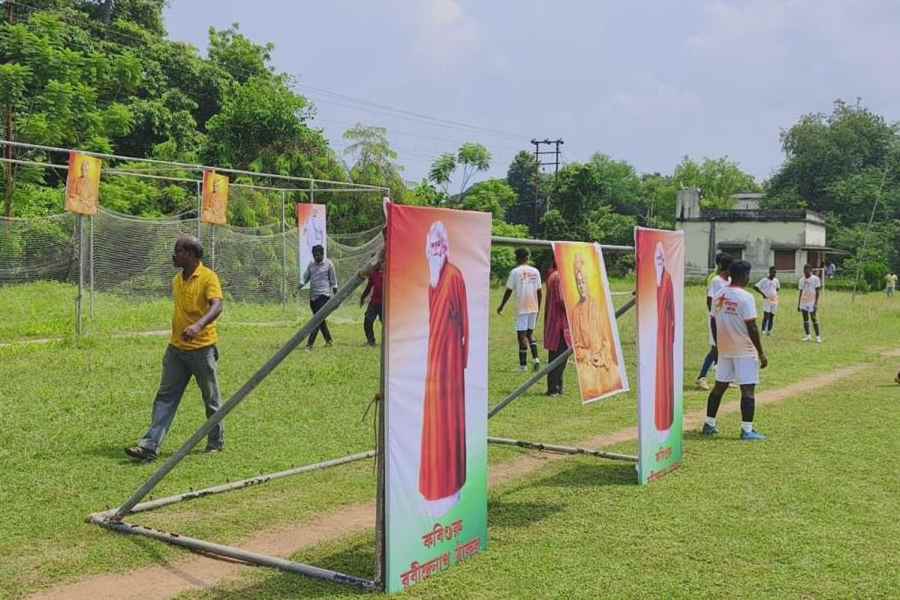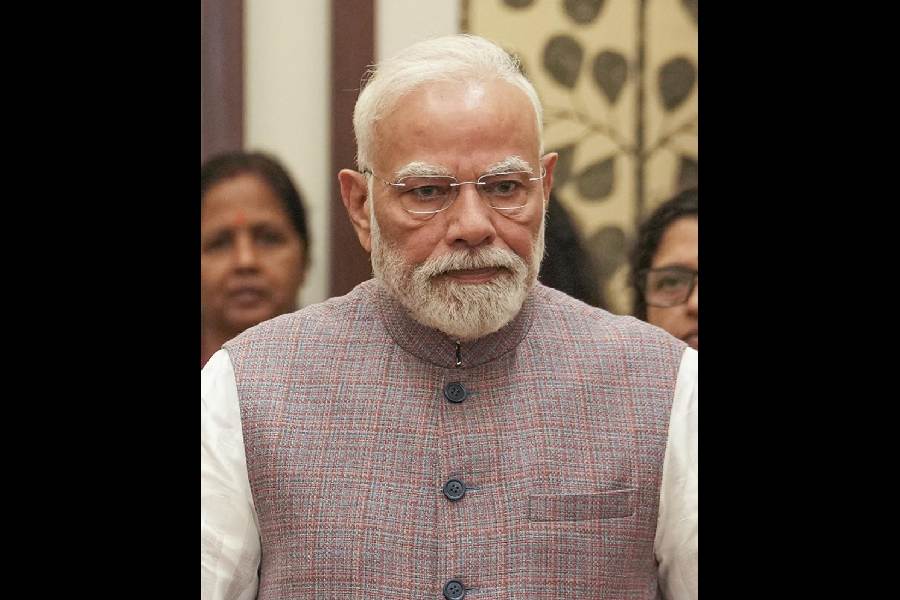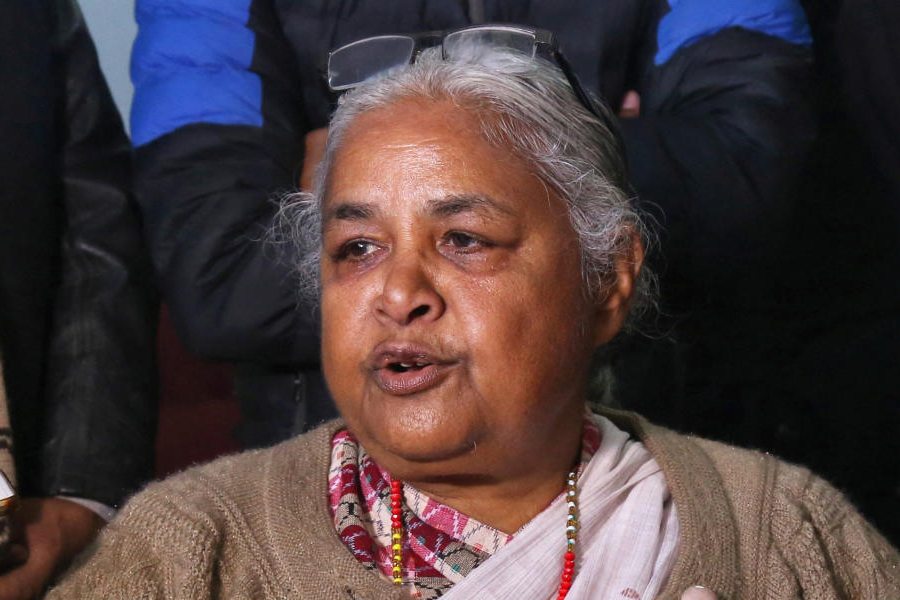Social scientists have attributed the settlement of Nepalis in northeast India, since the 1820s, to their migratory habits, prompted by the search of either economic opportunities or grazing lands. During the last years of the 20th century, every state in northeast India witnessed the persecution of Nepalis. Anti-foreigner movements, particularly in Assam, wanted Nepali and Bangladeshi migrants deported to their countries of origin.
The 1950 Indo-Nepal Treaty, which ensures equal rights and privileges for nationals of India and Nepal in both countries, reinforces the belief among Indians that Indian-Nepalis are also citizens of Nepal. This myth of a double homeland makes them soft targets of ethnic group assertions. Like other internally displaced populations — such as the Reangs, moving from Mizoram to Tripura, and the Kukis and Nagas in Manipur and Nagaland respectively — the Nepalis have experienced a ‘spillover impact’.
The British practice of settling ethnic outsiders as cheap labour for industry, as farmers to sow the fallow fields on the Brahmaputra valley, or as clerks to serve the bureaucracy, added to the crisis. In the past century, the population of the region has swollen from around one million to more than 20 million. Almost all the states of northeast India have, at some time or the other, experienced political mobilization and organized violence against migrants, and at times even ethnic cleansing of non-indigenous groups. Identity politics laid exclusive claim to a land that had emerged as a shared homeland.
The process of migration of the Nepalis to northeast India, Darjeeling and southern Bhutan began about two centuries ago with the recruitment of Gorkha soldiers into the British Indian Army. The British who wanted a hardy labour force for their tea plantations facilitated Nepali migration to Darjeeling while in Sikkim, the Nepalis served as a way to contain the Bhutias.
Hunted out
During the Assam agitation, allegations of their flight together with the Lhotshampas encouraged the first targeted attack against them. They were caught in the crossfire between the Assamese anti-foreigner agitation and the Bodo movement. Although the government of India clarified its position on Nepalis as early as February 1984 — that those in possession of the restricted area permit would not come within the definition of ‘illegal migrants’— they did not escape the fallout of the agitation for a separate Bodoland. The Nepali population in the Bodo Autonomous Council areas in western Assam was insignificant and could in no way threaten the Bodos. However, together with the other non-Bodos (who constitute 63 per cent of the population) they posed a problem. Naturally, during the ethnic cleansing that followed, the Nepalis suffered a great deal.
In Manipur, Nepalis took a major brunt of the anti-foreigner agitation in 1980, compelling many to relocate. Meghalaya saw similar sectarian violence in 1987, particularly in Shillong, Jowai and other parts which had over 150,000 Nepalis. The worst affected were the dairy farmers who had to leave the state. Today, most of the displaced from Meghalaya and Manipur are settled in Rupandehi, Jhapa, Banke and other parts of Nepal’s terai region, besides Kathmandu and Pokhara. The anti-foreigner upsurge also spread to Mizoram and Nagaland.
Keeping in view the geopolitics of the Northeast — it has contiguous borders with Bangladesh, Myanmar, China and Nepal —-the question of internally displaced persons will not always remain internal to the countries concerned. The internal-displacement question in the Northeast is thus not merely a worry for India, but for the whole of southeast Asia. Unfortunately, not many seem to be overly concerned.


